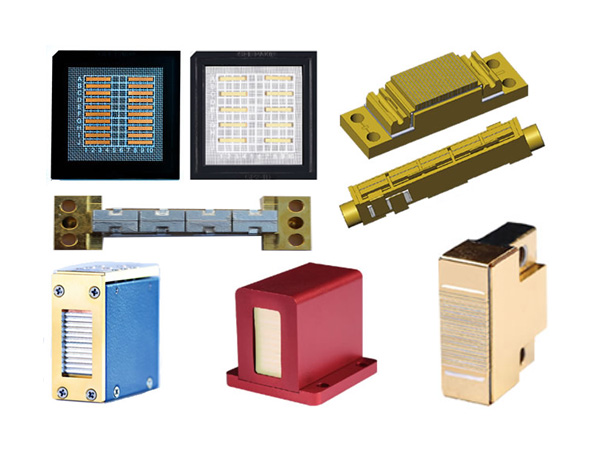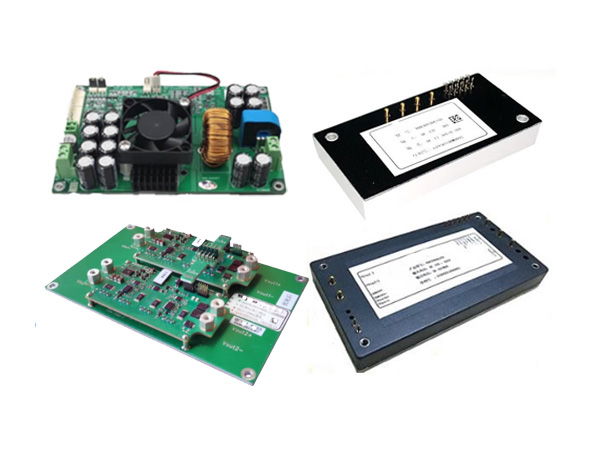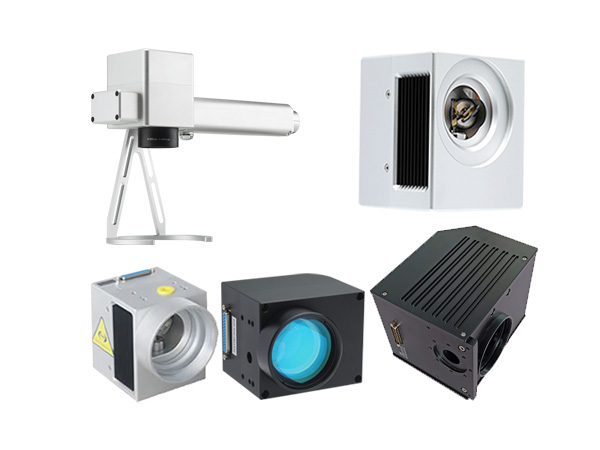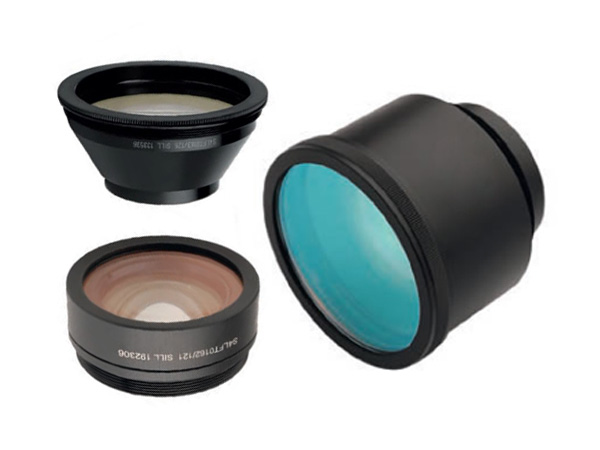Laser Soldering - The "Adhesive" for Electronic Components
Laser soldering is a laser welding method, due to the low melting point of tin, high temperature has a strong plasticity, and low-temperature solidification can be fully penetrated, close fit, suitable for different materials as a link between the medium and filler material. Especially in the modern electronic industry production, chip-level packaging and board-level assembly are required to frequently use tin-based alloy filler for welding, so there is a "tin even everything" said. Compared with the traditional soldering iron soldering, laser soldering has many unique advantages -
Laser soldering has a variety of ways, the most common is the laser solder paste welding and laser solder wire welding two categories, respectively, for different welding occasions.
Laser solder paste welding is the first tin and flux, flow agent, etc., formulated into a solder paste, the solder paste coated in the welding area, with a laser beam will be heated and melted with the welding material, and then solidified to form the process of solder joints. As the solder paste once uneven heating, easy to form small particles of tin beads, splash and attached to the internal electronic equipment will form a security risk, so on the one hand, the need to configure the appropriate composition of the solder paste, on the other hand, also on the semiconductor laser power and industrial control system control put forward strict requirements.
For this reason, laser soldering is often used in applications that do not have complex circuits. For example, connecting terminals, antenna base soldering, shield soldering, SMT component soldering and so on.
Different from laser solder paste soldering, laser solder wire soldering exists a wire feeding process. Before the soldering process starts, the product pads need to be preheated, and then a wire made of tin alloy or pure tin is sent to the pad location by an automatic wire feeding system, irradiated with a laser beam and melted to connect with the solder material.
Tin wire soldering process is simple, can be completed at once, can also be designed to fit the shape of the weld, commonly used in cell phone parts wiring, PCB circuit board soldering, engine soldering and so on. Whether it is tin wire soldering or solder paste soldering, or the use of other shapes of tin products as a solder soldering method, have some relative advantages over the traditional soldering iron soldering.
1、No contact High electrode quality
As a kind of laser welding, laser soldering is a kind of "no-contact" welding method, no need to contact the substrate and electronic components in the circuit welding. Due to the high sensitivity of the electrode, contact welding solder contamination will have an impact on the overall performance, while the electrode is not easy to damage the contactless welding, welding equipment loss is small, but also to avoid the pollution and oxidation problems in the traditional welding.
2, accurate temperature control
As tin is more sensitive to heat, the use of laser welding can be combined with high-frequency temperature feedback system to ensure that the welding temperature is uniform and constant, reducing deformation and thermal damage, but also to reduce the uncertainty brought about by the melting of tin. At the same time, the high accuracy of laser welding, can realize only the connection part of the local heating, the component body does not have any thermal impact.
3、Precise and meticulous processing
At the same time, the whole process of laser welding is precise and controllable. For small welding seams, traditional welding is easy to meet the depth of fusion ratio is not enough or welding back to the melting problem, and even cause "false welding" situation. The tin laser welding product control is precise, the spot can reach the micron level, easy to realize the welding of deep and narrow seams, if necessary, can reach 1:10 depth of fusion ratio, can be adapted to the small welding point of the electronic components of the batch processing environment.
Both beautiful, practical and reliable laser soldering, has more and more use. Today, in addition to traditional cell phones and computers and other digital electronic products, wearable devices, VR smart device demand is also emerging, consumer demand is moving towards miniaturization, intelligent development. For thermal components, photosensitive components, camera modules and other products that are inconvenient to weld in the traditional way, laser soldering is an indispensable part of its production process. With the continuous introduction and improvement of intelligent solutions for laser soldering, laser soldering is expected to continue to increase market penetration by virtue of its unique advantages.
 English
English Français
Français Deutsch
Deutsch euskara
euskara Русский язык
Русский язык Italiano
Italiano Português
Português Nederlands
Nederlands Polski
Polski Greek
Greek Lietuva
Lietuva Türkçe
Türkçe 日本語
日本語 한어
한어 中文
中文 தாமில்
தாமில் فارسی
فارسی हिंदी
हिंदी Tiếng Việt
Tiếng Việt ภาษาไทย
ภาษาไทย Pilipino
Pilipino Indonesia
Indonesia தாமில்
தாமில்





